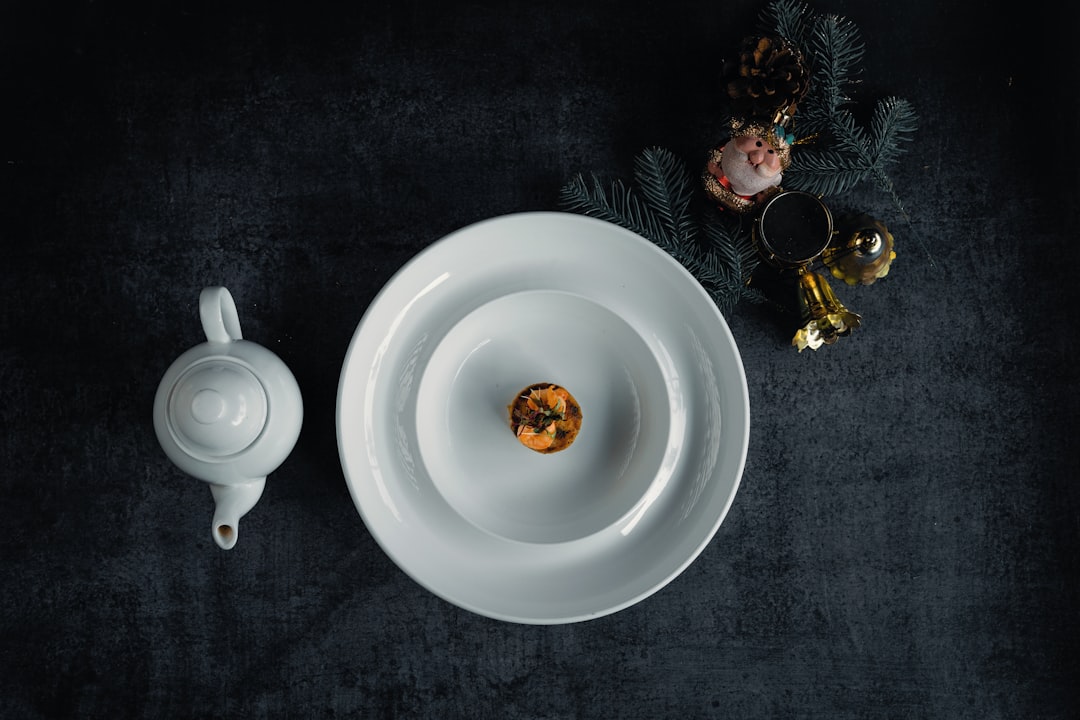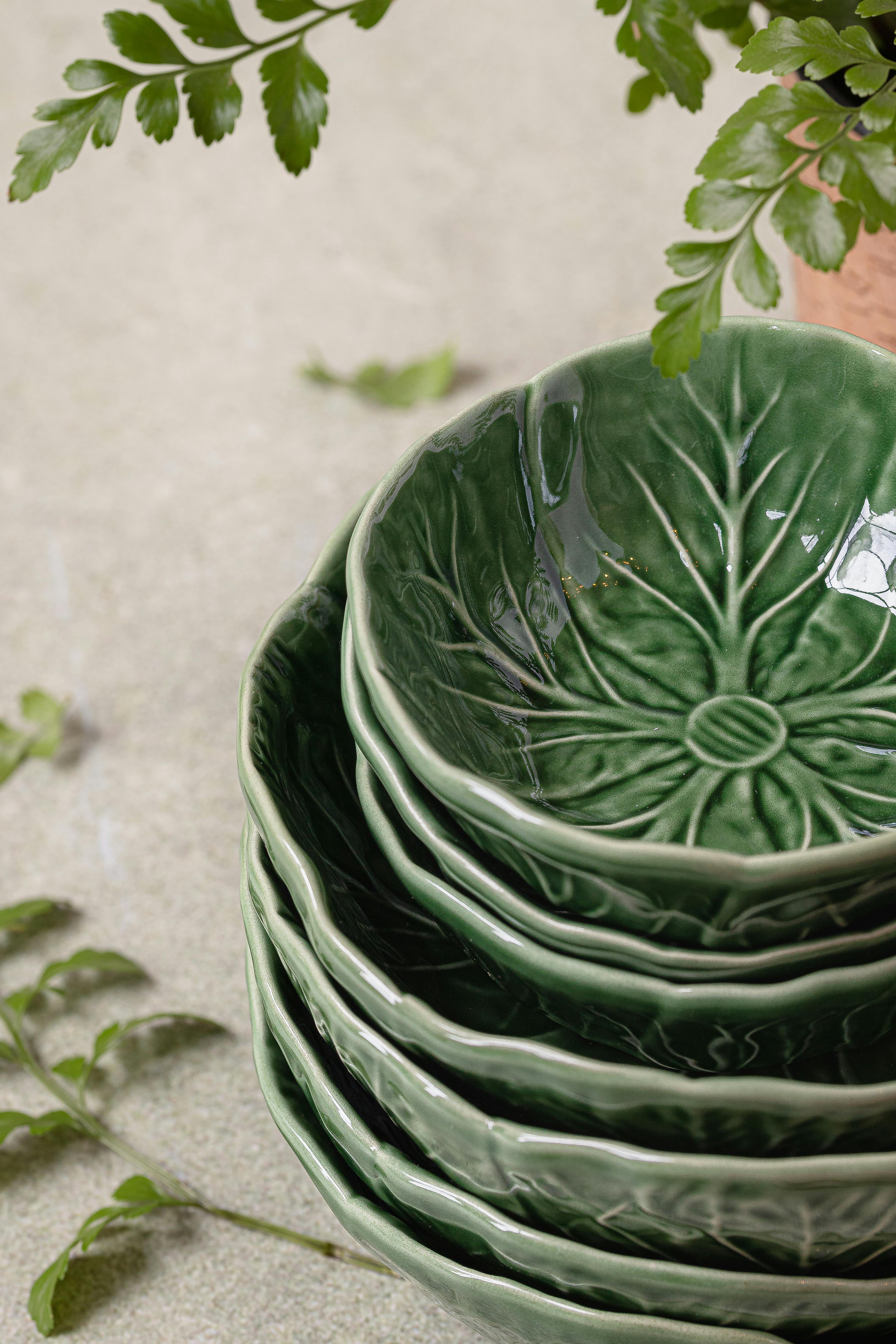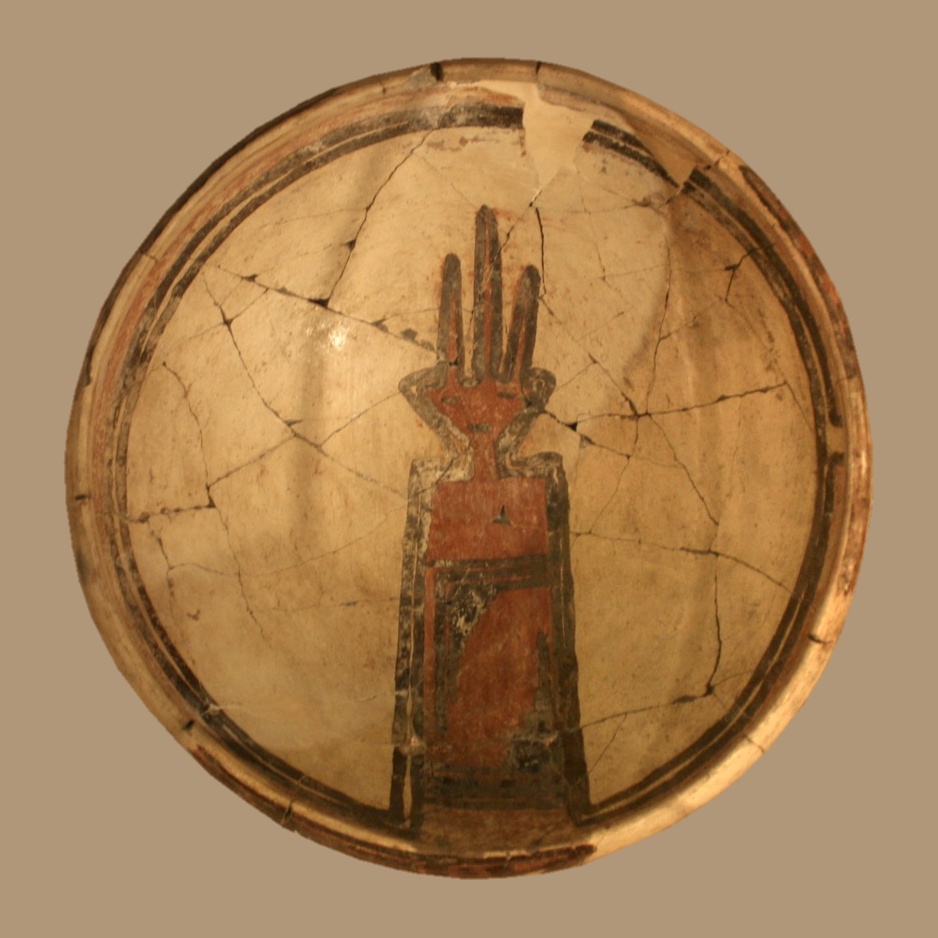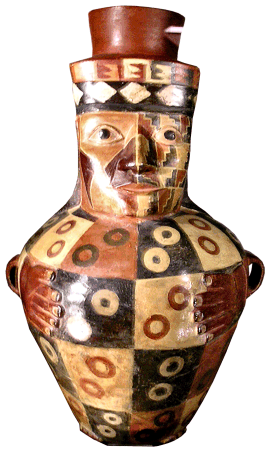What is bisqueware in ceramics? It is the term used to describe ceramics that have been fired once in a kiln without a glaze, resulting in a porous surface that is ideal for applying glazes or decorating. This essential stage in ceramics production transforms raw, unfired clay into a more durable form, allowing for safe handling and further artistic embellishment before reaching its final state.

| Stage | Characteristics | Purpose |
|---|---|---|
| Greenware | Unfired, fragile clay | Shape and design creation |
| Bisqueware | Fired once, porous | Prepares for glazing |
| Glazeware | Finished, glazed piece | Final product ready for use |
The Transformation of Clay to Bisqueware
Unfired clay, or greenware, is as fragile as a soap bubble—one wrong move and your sculpted masterpiece can crumble. Potter’s hands must gently mold and nurture their creations until it’s time to face the heat of the kiln. This transition from greenware to bisqueware is like sending your pottery to a finishing school—it graduates tougher and readier for the elegance of glaze.

The process of this first firing makes the clay more resilient, kind of like armor for the artistic vision yet to come. Bisqueware achieves a medium state: it’s firm enough to hold its shape during handling and subsequent processes, yet porous enough to readily absorb glazes. This allows the glaze to meld with the form in the next firing, resulting in a vibrant, solid finish that merges art with utility.
Characteristics of Bisqueware
At its core, bisqueware is all about texture and support. Its mildly rough, unglazed texture is not just a characteristic—it’s a feature. This surface is ideal for artists to set the stage for their next act: glazing. The pursuit of the perfect ceramic piece often involves playing around with textures, and this porous quality of bisqueware is the ideal canvas for experimentation.

Once bisque-fired, the clay will no longer transform back into a malleable state if exposed to water. So, while its journey started as a pliable lump, bisqueware’s new form is immune to softening—not unlike the development of a hardened resolve after facing life’s fires.
The Art of Decorating Bisqueware
When it comes to decorating bisqueware, the options are as varied as a paint palette. Here’s a glimpse of what artists often consider:
- Underglaze Painting: This method involves applying colored decoration on the bisqueware before the glaze is added. It’s perfect for detailed design work.
- Slip Decoration: Using a mixture of clay and water, slip can be applied before or after the bisque firing for varied effects like subtle texture or raised decoration.
- Stenciling and Masking: These techniques allow for the layering of patterns or designs on the bisqueware before the glaze is applied.

These techniques ensure that by the time the piece hits the kiln a second time, it’s ready to reveal its final, polished identity—a showcase of both function and personal flair.
The Final Glaze: From Bisqueware to Glazeware

A glaze is like the crown of an entire ceramic creation, sealing the artist’s labor of love. It transforms bisqueware into glazeware, enveloping the piece in a glassy, colorful layer that’s both protective and aesthetic. Once the glaze is applied, another firing in the kiln solidifies the transformation, elevating the piece from raw art to functional creativity.
The art of glazing is where color, texture, and sheen join forces. Whether the artist opts for a glossy finish that shines like a gemstone or a matte look that whispers rather than shouts, the bisqueware base remains ever integral to the ceramic structure.
Explore and Engage
If you’re looking for ways to dive deeper into ceramics, consider signing up for some creative classes to refine your skills. Alternatively, you might want to join a clay collective to share and grow with fellow pottery enthusiasts. For those with a more personal preference, why not paint your own pottery and bring your unique visions to life?

Furthermore, schedulers can reserve a studio space to work at their own pace, without interruption. Wherever your ceramic journey leads you, remember to explore recent developments in techniques and materials for added inspiration.

Interested in trying your hand at ceramics or have tips for working with bisqueware? Share your thoughts and experiences in the comments below—let’s get creative!
Further Understanding Bisqueware
To gain a deeper insight into bisqueware and how it differs from greenware, watch this informative video by Pottery Plus titled “Pottery Tutorial- Identifying Greenware v. Bisqueware,” which outlines various methods to determine the stage of your pottery piece and its significance in the ceramics process.
After understanding that bisqueware is the first crucial step in the ceramics journey, it’s clear just how important this stage is for any potter or ceramic artist. The porous nature of bisqueware not only allows for better glaze adhesion but also opens up endless possibilities for creativity and expression. Whether you’re a beginner or a seasoned artist, mastering bisqueware can significantly enhance the quality of your finished pieces.
Embrace Your Ceramics Journey
To stay inspired and continue learning more about ceramics, be sure to connect with our community on Instagram. We regularly share tips, tutorials, and showcase amazing works from fellow ceramic enthusiasts. Let’s keep the creative conversation going and explore the beautiful world of ceramics together!
